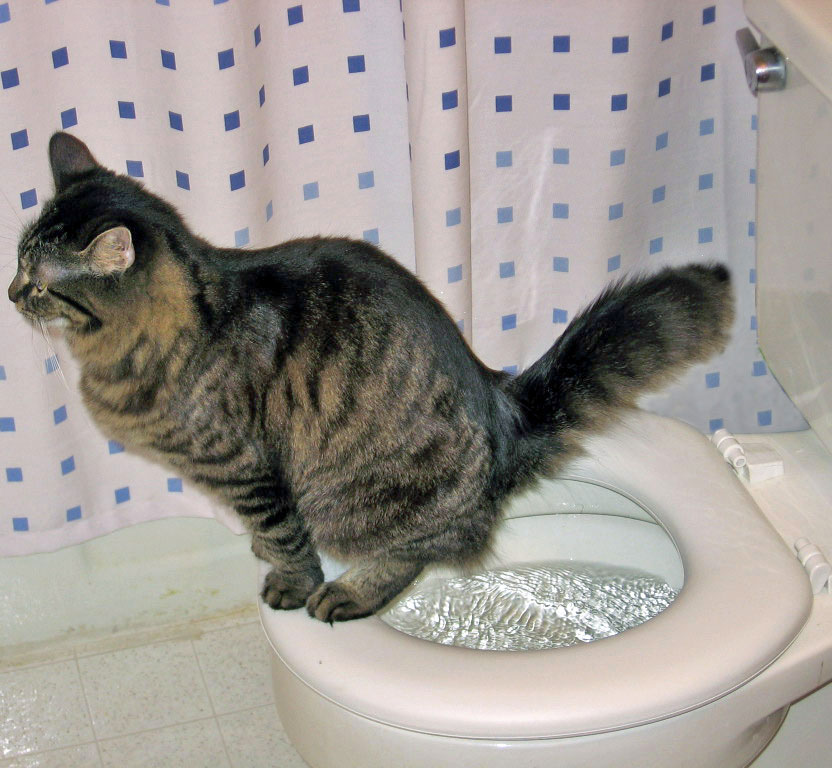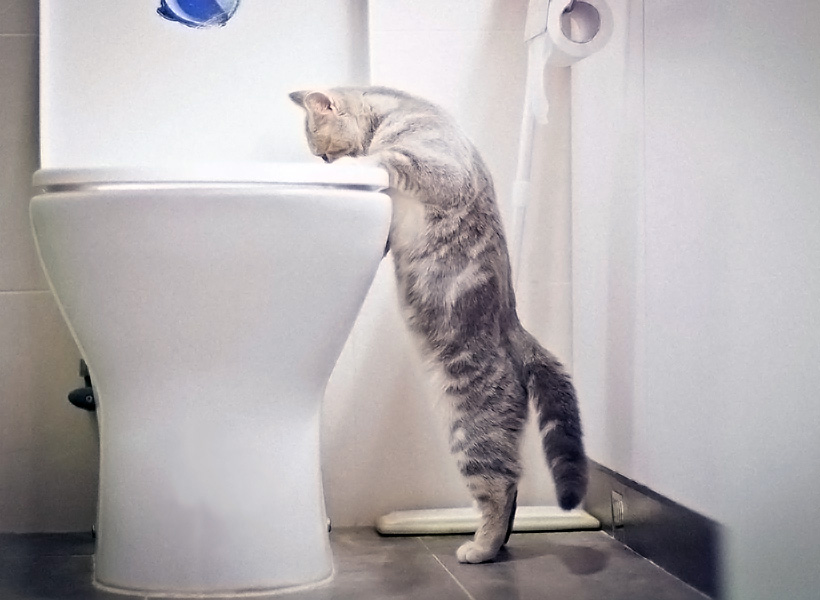Reasons Flushing Cat Poop Down Your Toilet Isn't a Good Idea - Advice for Safer Disposal
Reasons Flushing Cat Poop Down Your Toilet Isn't a Good Idea - Advice for Safer Disposal
Blog Article
This article listed below pertaining to Can You Flush Cat Poo or Litter Down the Toilet? is indeed enjoyable. Don't skip it.

Introduction
As cat proprietors, it's necessary to be mindful of just how we get rid of our feline buddies' waste. While it might seem convenient to purge cat poop down the commode, this technique can have harmful consequences for both the setting and human health.
Alternatives to Flushing
The good news is, there are much safer and extra accountable ways to throw away cat poop. Take into consideration the following alternatives:
1. Scoop and Dispose in Trash
One of the most usual technique of disposing of feline poop is to scoop it into a naturally degradable bag and toss it in the trash. Make certain to use a specialized litter scoop and take care of the waste promptly.
2. Use Biodegradable Litter
Opt for biodegradable cat litter made from products such as corn or wheat. These clutters are eco-friendly and can be securely thrown away in the trash.
3. Bury in the Yard
If you have a yard, consider burying pet cat waste in a designated area far from vegetable gardens and water sources. Make certain to dig deep enough to prevent contamination of groundwater.
4. Set Up a Pet Waste Disposal System
Buy a pet garbage disposal system specifically created for pet cat waste. These systems use enzymes to break down the waste, decreasing smell and ecological effect.
Wellness Risks
In addition to ecological problems, purging cat waste can also pose wellness risks to people. Feline feces might contain Toxoplasma gondii, a bloodsucker that can trigger toxoplasmosis-- a possibly severe disease, particularly for expecting females and people with damaged body immune systems.
Ecological Impact
Flushing pet cat poop introduces hazardous virus and bloodsuckers right into the supply of water, posing a considerable threat to aquatic ecosystems. These contaminants can negatively impact marine life and compromise water high quality.
Conclusion
Liable animal ownership prolongs beyond offering food and sanctuary-- it likewise involves correct waste administration. By avoiding purging cat poop down the bathroom and opting for alternative disposal approaches, we can reduce our ecological footprint and protect human health and wellness.
Why Can’t I Flush Cat Poop?
It Spreads a Parasite
Cats are frequently infected with a parasite called toxoplasma gondii. The parasite causes an infection called toxoplasmosis. It is usually harmless to cats. The parasite only uses cat poop as a host for its eggs. Otherwise, the cat’s immune system usually keeps the infection at low enough levels to maintain its own health. But it does not stop the develop of eggs. These eggs are tiny and surprisingly tough. They may survive for a year before they begin to grow. But that’s the problem.
Our wastewater system is not designed to deal with toxoplasmosis eggs. Instead, most eggs will flush from your toilet into sewers and wastewater management plants. After the sewage is treated for many other harmful things in it, it is typically released into local rivers, lakes, or oceans. Here, the toxoplasmosis eggs can find new hosts, including starfish, crabs, otters, and many other wildlife. For many, this is a significant risk to their health. Toxoplasmosis can also end up infecting water sources that are important for agriculture, which means our deer, pigs, and sheep can get infected too.
Is There Risk to Humans?
There can be a risk to human life from flushing cat poop down the toilet. If you do so, the parasites from your cat’s poop can end up in shellfish, game animals, or livestock. If this meat is then served raw or undercooked, the people who eat it can get sick.
In fact, according to the CDC, 40 million people in the United States are infected with toxoplasma gondii. They get it from exposure to infected seafood, or from some kind of cat poop contamination, like drinking from a stream that is contaminated or touching anything that has come into contact with cat poop. That includes just cleaning a cat litter box.
Most people who get infected with these parasites will not develop any symptoms. However, for pregnant women or for those with compromised immune systems, the parasite can cause severe health problems.
How to Handle Cat Poop
The best way to handle cat poop is actually to clean the box more often. The eggs that the parasite sheds will not become active until one to five days after the cat poops. That means that if you clean daily, you’re much less likely to come into direct contact with infectious eggs.
That said, always dispose of cat poop in the garbage and not down the toilet. Wash your hands before and after you clean the litter box, and bring the bag of poop right outside to your garbage bins.
https://trenchlesssolutionsusa.com/why-cant-i-flush-cat-poop/

As an avid reader about Don’t flush cat feces down the toilet, I assumed sharing that short article was sensible. Those who enjoyed our blog posting please be sure to share it. Many thanks for taking the time to read it.
Course Detail Report this page